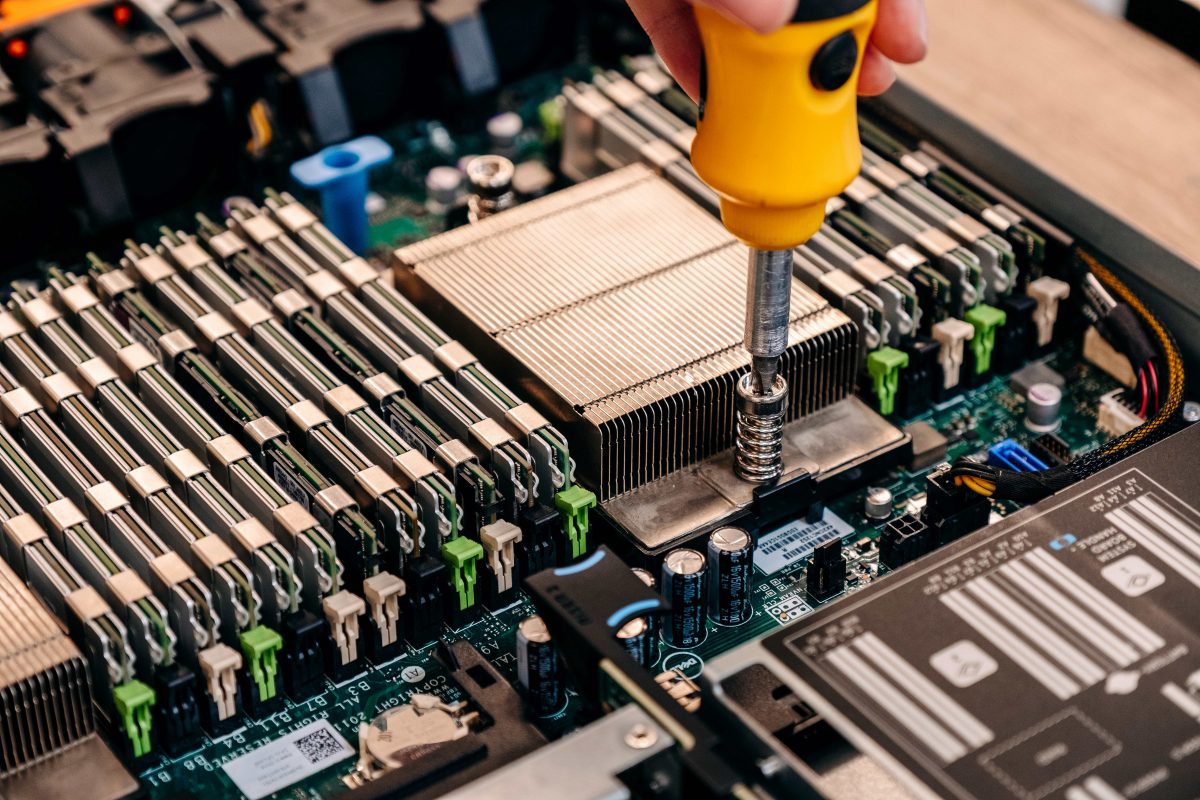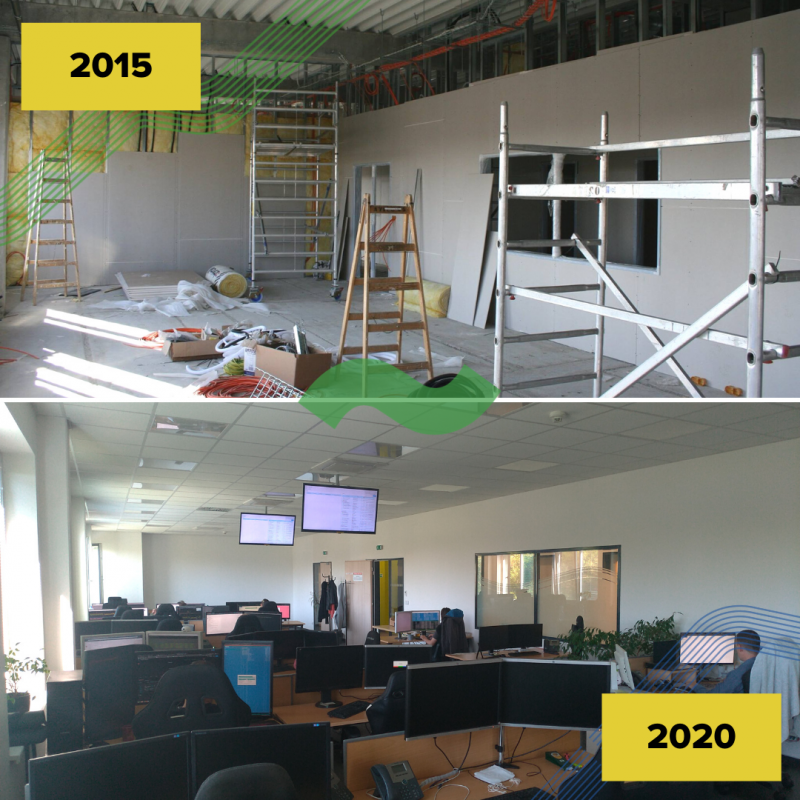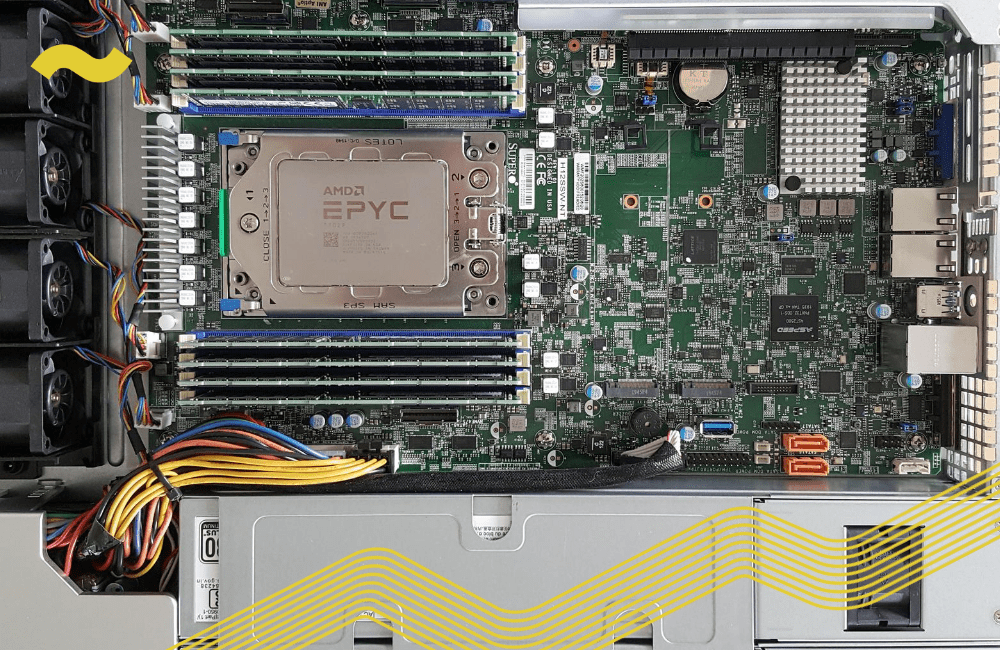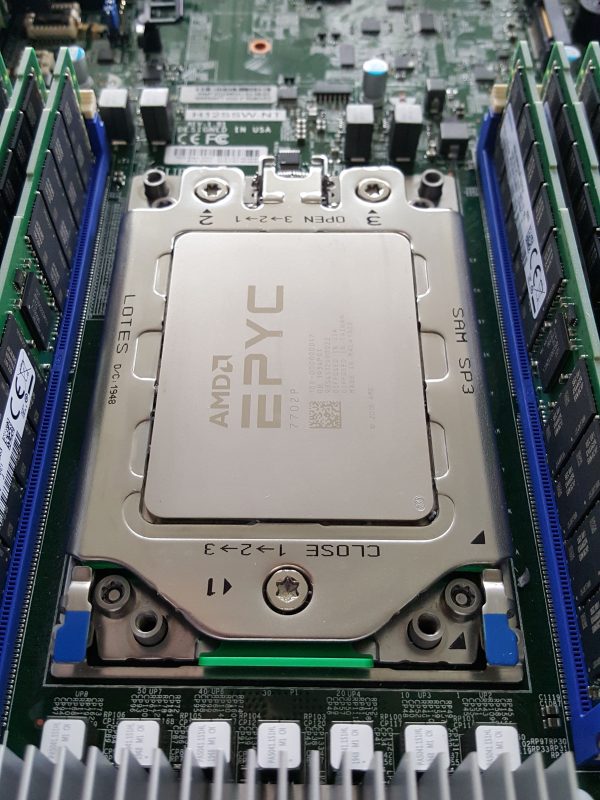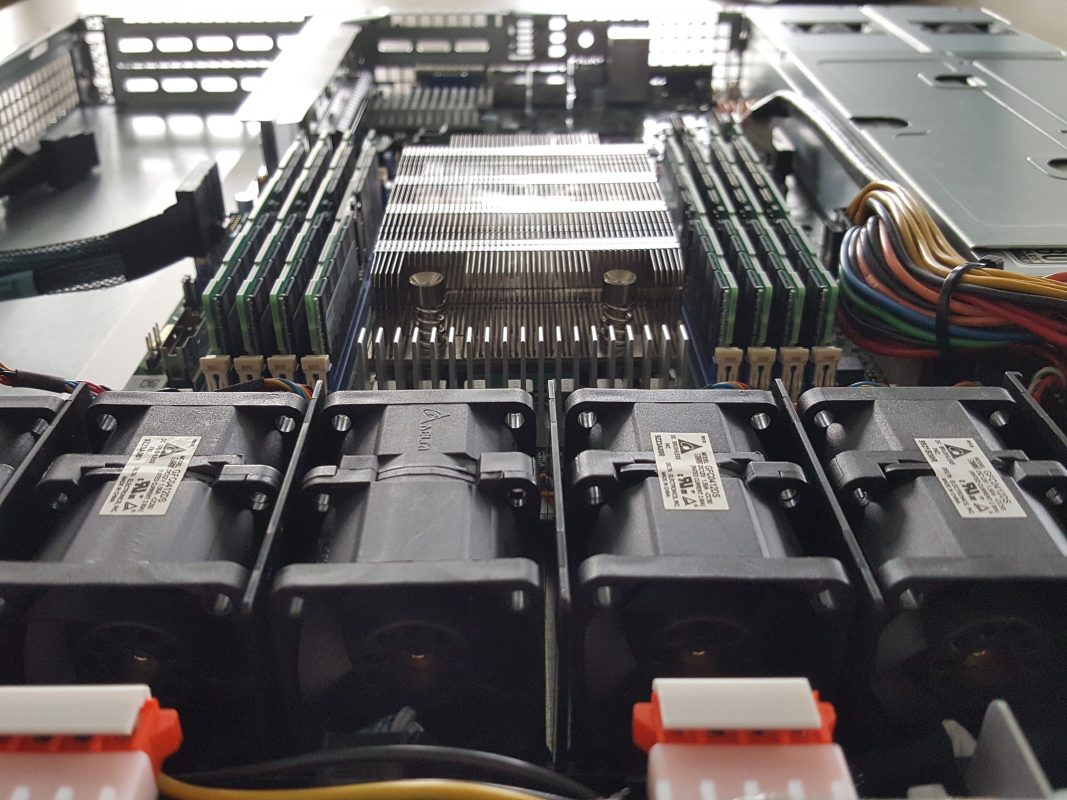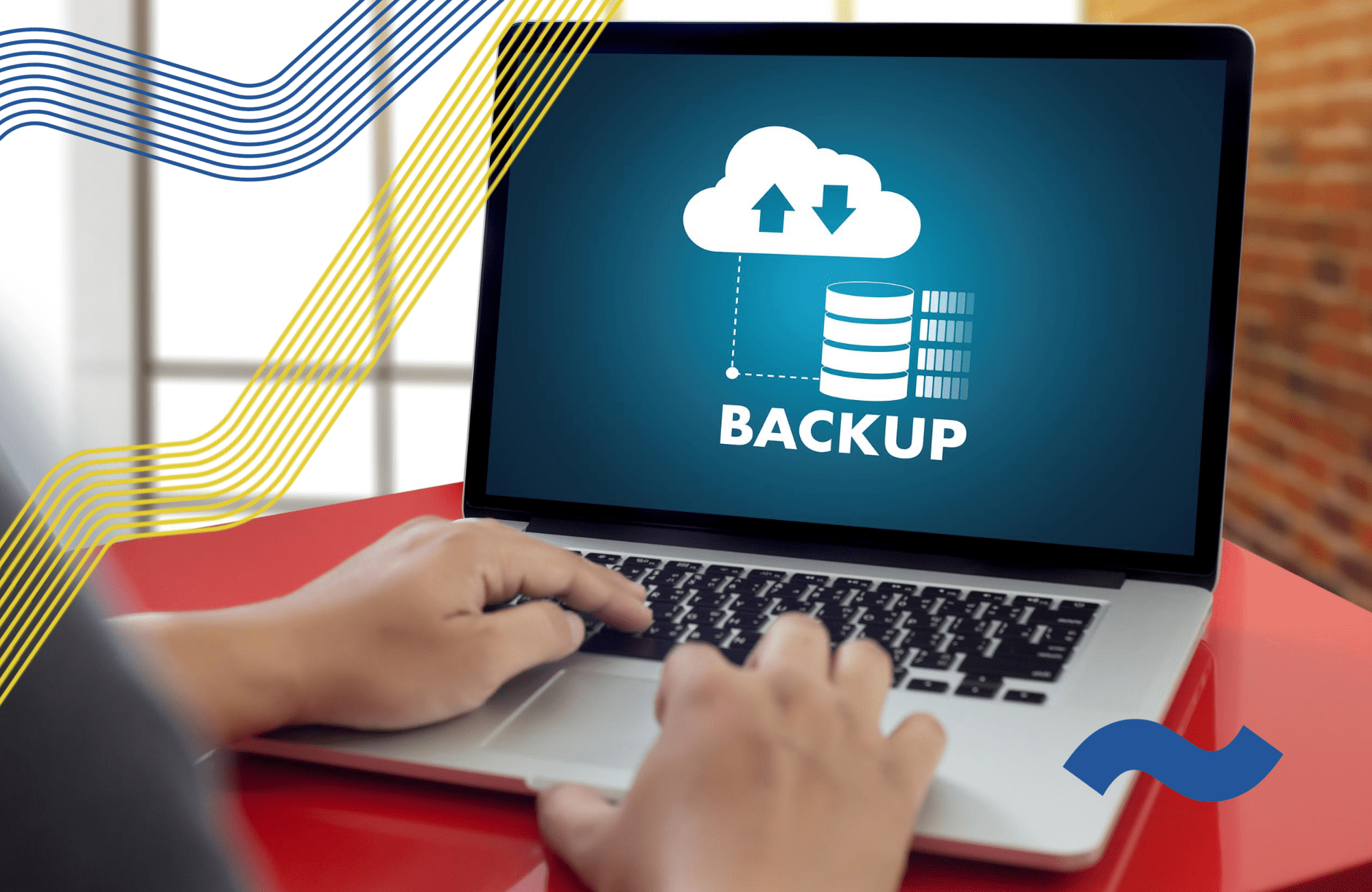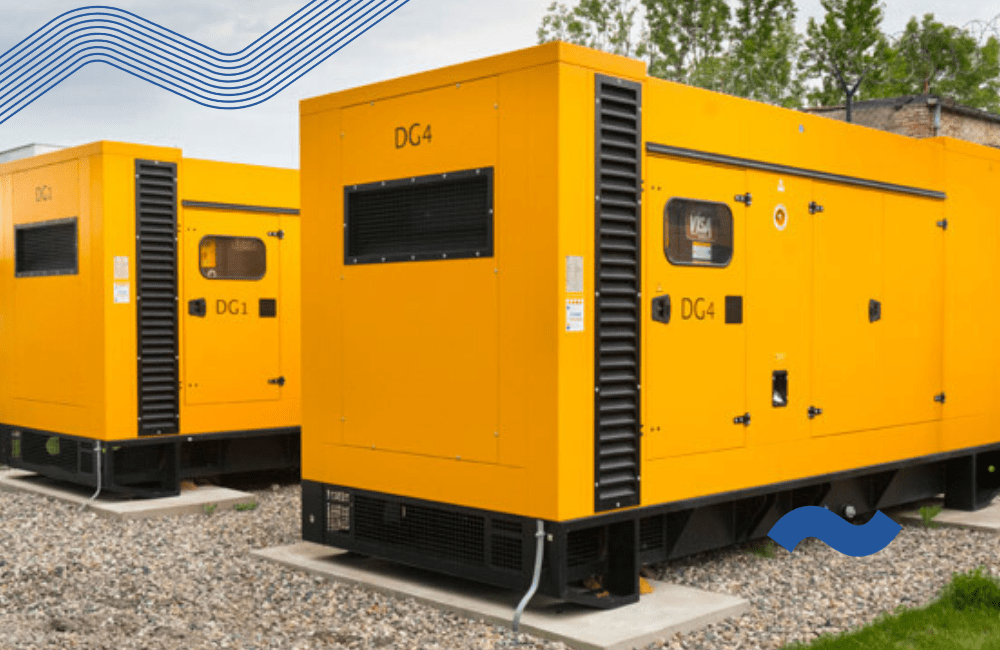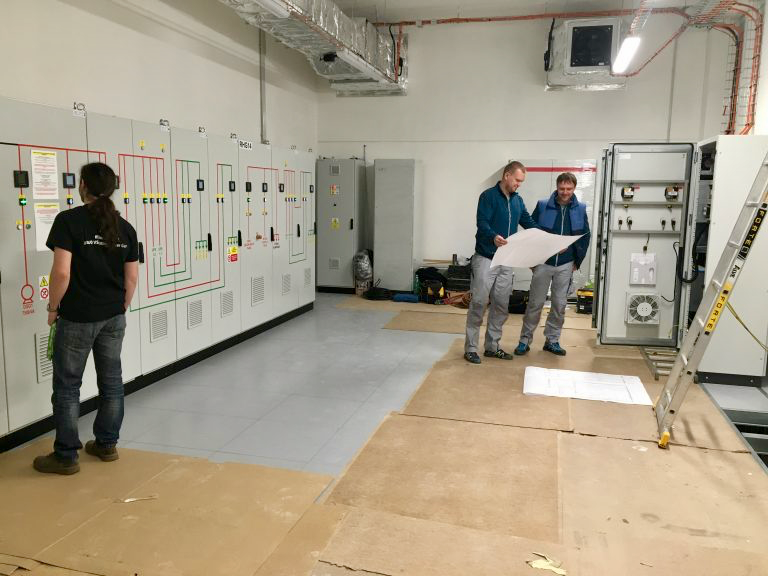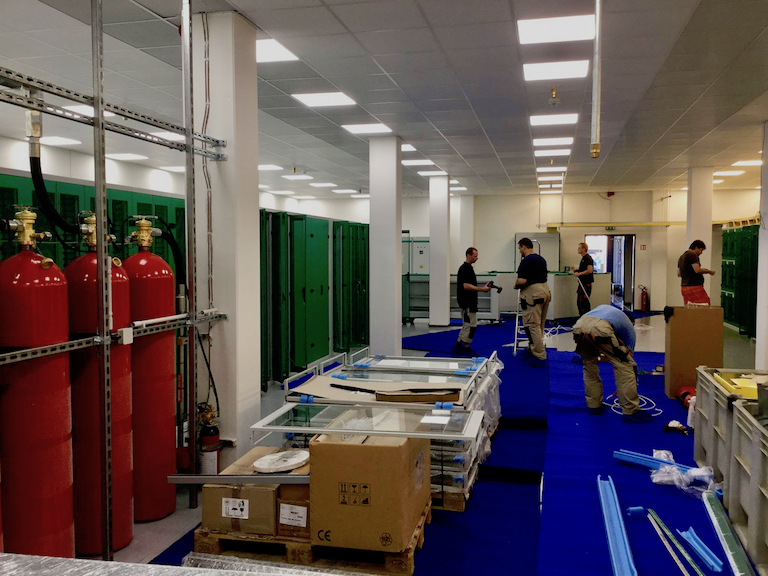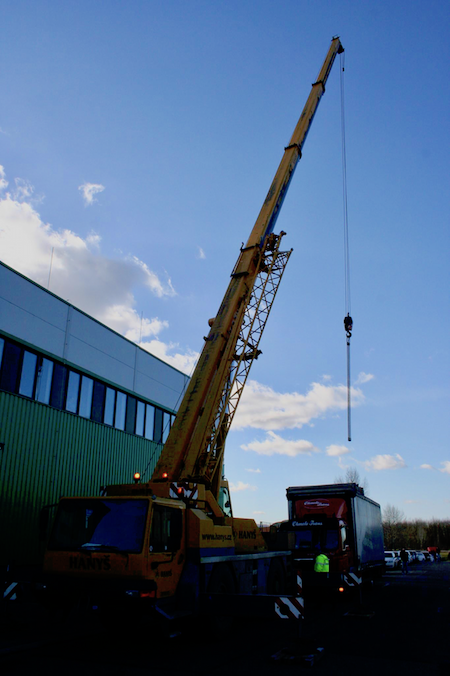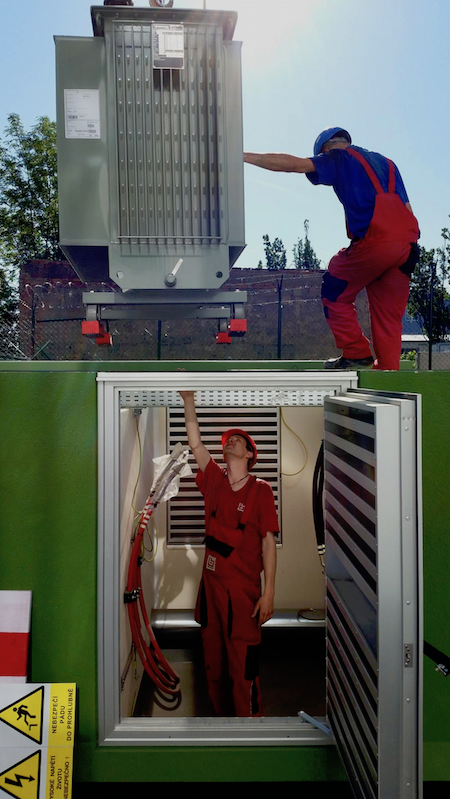Looking back on 2020 (and what to look forward to this year)
2020 was full of surprises and twists – here are the milestones it brought for vshosting~.

For most of us, 2020 developed completely differently than we imagined at the time of our New Year’s toast. The pandemic turned everything upside down and much still remains that way. Not all the changes were for the worse, however, and many plans got implemented despite the virus. Here are vshosting~ milestones of last year.
Turnover plus 20%
Each year since our founding in 2006, we have been proud of our quick growth. But 2020 was really something. Already in the spring, the coronavirus switched digitalisation over to rocket fuel and everyone rushed to be online like never before. For us, it immediately meant another business peak comparable to Christmas, and since then the situation has calmed down only partially.
It was challenging, but we are pleased to say that we have helped dozens of clients move their business primarily to the world of the Internet. To another hundred or so businesses, we assisted with dramatically strengthen their existing e-shops. In numbers, this represents a year-on-year increase in turnover of as much as 20%.
Data centre capacity grew by 2,500 servers
Thanks to the rapid influx of new clients (thank you!), our ServerPark data center has begun to burst at the seams. That is why we started to build the last stage of the data centre, which we successfully completed last fall.
We used our technological reserves to the maximum and installed large 52U racks. This means increased capacity of the data centre by about 2,500 servers! To keep up with such a boost, we also added 2 new transformer stations (800kVA and 630kVA) and increased the cooling capacity by adding 4 condensers to the roof and 2 new air conditioning units (each with an output of 100kW).
Connectivity increased to 2 x 100 Gbps
We also keep up with the growing data flows of our clients. Newly, vshosting~ has a fully redundant capacity of 2 x 100 Gbps to the NIX.CZ node. That’s five times more than the original 2 x 20 Gbps! We also upgraded the network technologies connecting our ServerPark data centre with the TTC DC1 data centre (this is used for backups in a geographically separated location and for the implementation of connections with other operators).
The new technology has a transmission speed of 2 x 100 Gbps and connects both data centres via two independent optical routes. All data transfers, including backups, are even faster and more secure than before.
German investor patronage
2020 marked a huge milestone for us because vshosting~ has become part of the German investment group Contabo. Contabo has hosting businesses growing across Europe as well as within the USA, and thanks to their support, we can grow at an even faster pace than before.
In addition to hosting, our new investors are also helping us kick off the long-awaited Zerops project, which we launched in a private version in August last year.
What will 2021 bring?
We will not be idle this year either as we are preparing a lot of news for you. First of all, the public version of Zerops won’t be long in coming – we plan to launch it in April 2021. You can look forward to a fully functional, automated platform for developers that will make their coding dramatically easier.
Another novelty will be the launch of an AWS-based solution. We thus cater to our clients who have shown interest in this opportunity, and we offer a more advantageous alternative for those who do not want to give up AWS completely.
Last but not least, we will dive into our long-awaited expansion to the Hungarian market, where we want to offer reliable hosting services for e-commerce projects.

